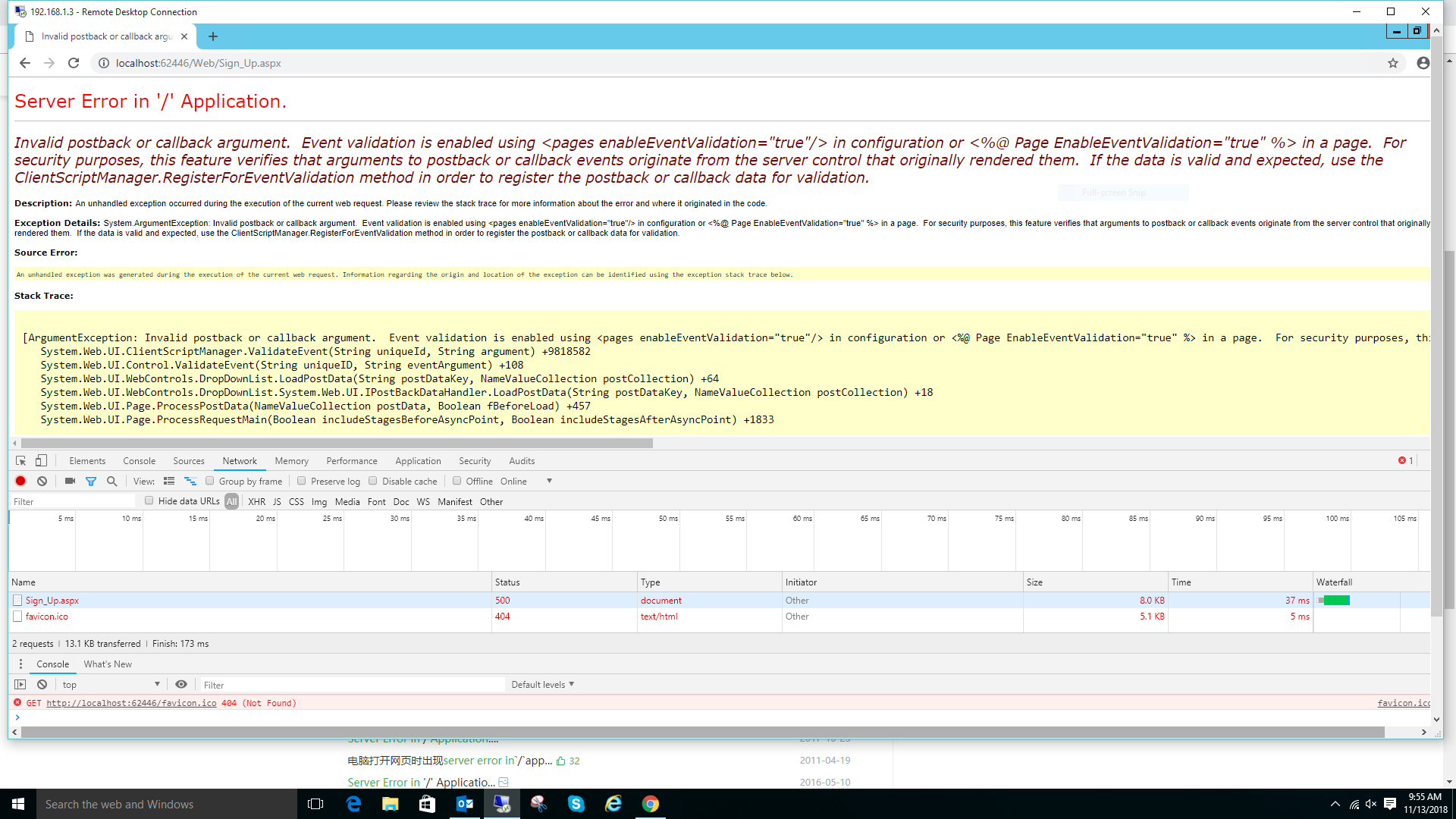可以将文章内容翻译成中文,广告屏蔽插件可能会导致该功能失效(如失效,请关闭广告屏蔽插件后再试):
问题:
In bash, calling foo would display any output from that command on the stdout.
Calling foo > output would redirect any output from that command to the file specified (in this case \'output\').
Is there a way to redirect output to a file and have it display on stdout?
回答1:
The command you want is named tee:
foo | tee output.file
For example, if you only care about stdout:
ls -a | tee output.file
If you want to include stderr, do:
program [arguments...] 2>&1 | tee outfile
2>&1 redirects channel 2 (stderr/standard error) into channel 1 (stdout/standard output), such that both is written as stdout. It is also directed to the given output file as of the tee command.
Furthermore, if you want to append to the log file, use tee -a as:
program [arguments...] 2>&1 | tee -a outfile
回答2:
$ program [arguments...] 2>&1 | tee outfile
2>&1 dumps the stderr and stdout streams.
tee outfile takes the stream it gets and writes it to the screen and to the file \"outfile\".
This is probably what most people are looking for. The likely situation is some program or script is working hard for a long time and producing a lot of output. The user wants to check it periodically for progress, but also wants the output written to a file.
The problem (especially when mixing stdout and stderr streams) is that there is reliance on the streams being flushed by the program. If, for example, all the writes to stdout are not flushed, but all the writes to stderr are flushed, then they\'ll end up out of chronological order in the output file and on the screen.
It\'s also bad if the program only outputs 1 or 2 lines every few minutes to report progress. In such a case, if the output was not flushed by the program, the user wouldn\'t even see any output on the screen for hours, because none of it would get pushed through the pipe for hours.
Update: The program unbuffer, part of the expect package, will solve the buffering problem. This will cause stdout and stderr to write to the screen and file immediately and keep them in sync when being combined and redirected to tee. E.g.:
$ unbuffer program [arguments...] 2>&1 | tee outfile
回答3:
Another way that works for me is,
<command> |& tee <outputFile>
as shown in gnu bash manual
Example:
ls |& tee files.txt
If ‘|&’ is used, command1’s standard error, in addition to its standard output, is connected to command2’s standard input through the pipe; it is shorthand for 2>&1 |. This implicit redirection of the standard error to the standard output is performed after any redirections specified by the command.
For more information, refer redirection
回答4:
You can primarily use Zoredache solution, but If you don\'t want to overwrite the output file you should write tee with -a option as follow :
ls -lR / | tee -a output.file
回答5:
Something to add ...
The package unbuffer has support issues with some packages under fedora and redhat unix releases.
Setting aside the troubles
Following worked for me
bash myscript.sh 2>&1 | tee output.log
Thank you ScDF & matthew your inputs saved me lot of time..
回答6:
using tail -f output should work.
回答7:
Bonus answer since this use-case brought me here:
In the case where you need to do this as some other user
echo \"some output\" | sudo -u some_user tee /some/path/some_file
Note that the echo will happen as you and the file write will happen as \"some_user\" what will NOT work is if you were to run the echo as \"some_user\" and redirect the output with >> \"some_file\" because the file redirect will happen as you.
Hint: tee also supports append with the -a flag, if you need to replace a line in a file as another user you could execute sed as the desired user.
回答8:
< command > |& tee filename # this will create a file \"filename\" with command status as a content, If a file already exists it will remove existed content and writes the command status.
< command > | tee >> filename # this will append status to the file but it doesn\'t print the command status on standard_output (screen).
I want to print something by using \"echo\" on screen and append that echoed data to a file
echo \"hi there, Have to print this on screen and append to a file\"
回答9:
tee is perfect for this, but this will also do the job
ls -lr / > output | cat output


